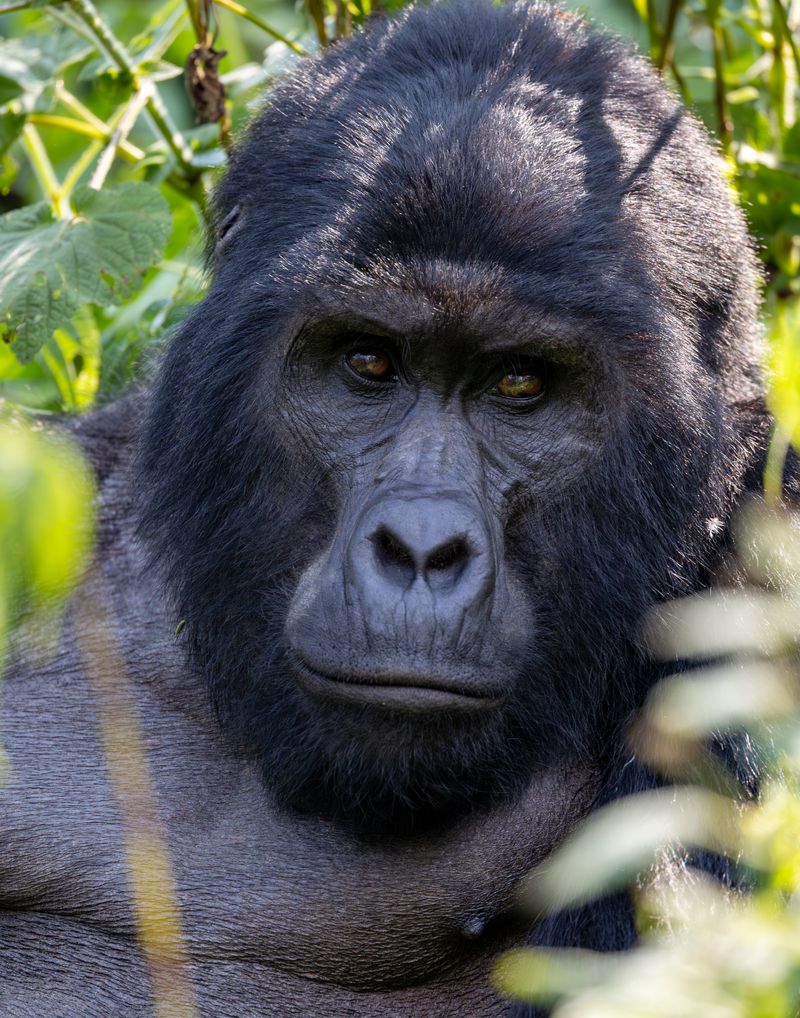I See You Baby... Shakin' That Glass
Published January 10, 2024
Bwindi Impenetrable Forest, Uganda

Even if you just dabble in photography, it will probably come as no surprise to you that most of the money in a photographer's arsenal is spent on camera glass, not on cameras. Lenses are expensive and addictive, but they are also indispensable.
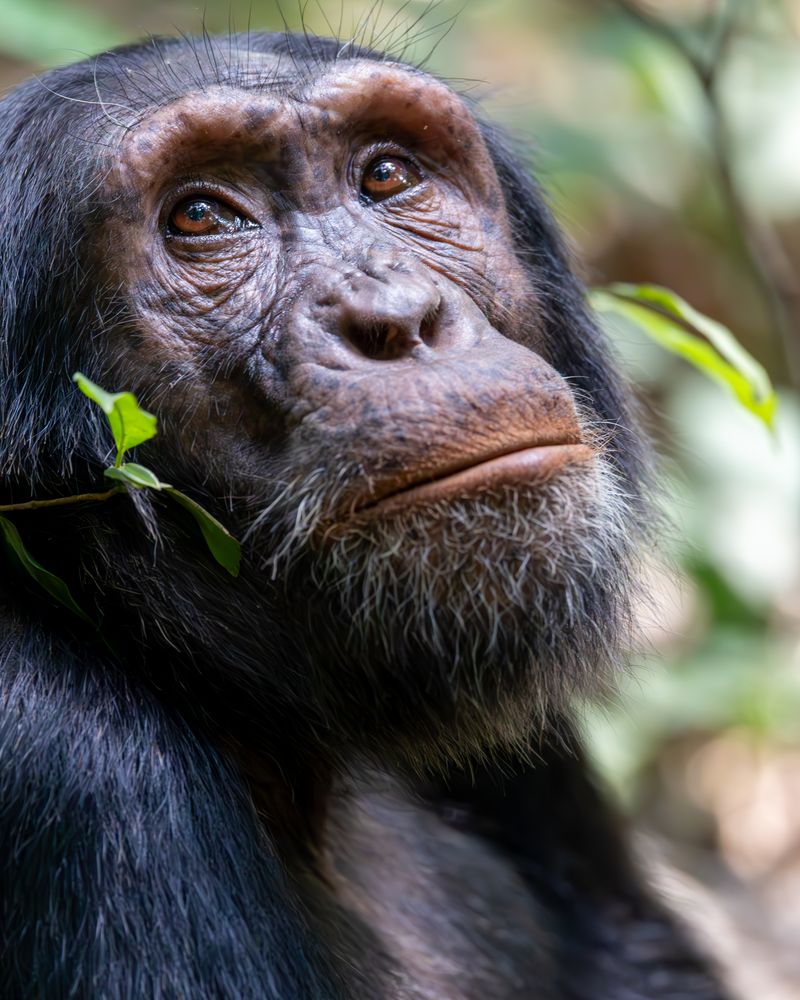
It will also probably come as no surprise to you that most good safari guides, in addition to knowing a great deal about animals, will oftentimes also know a great deal about cameras and photography as well. They are around photography A LOT. I have been with guides so good that they would know what lens I was about to reach for before I even knew it myself! It is truly fantastic when you find someone who knows not only the geography of the region and the behavior patterns of the animals, but also understands what it takes on a technical level to achieve the best shots.
I had a one such guide in Uganda, a man that I liked very much. The day before, he had helped me to obtain closeup shots of several big cats that I probably wouldn’t have been able to procure otherwise.Sadly, however, when it came time to trek the gorillas in the jungle, he wasn’t allowed to join the expedition.)
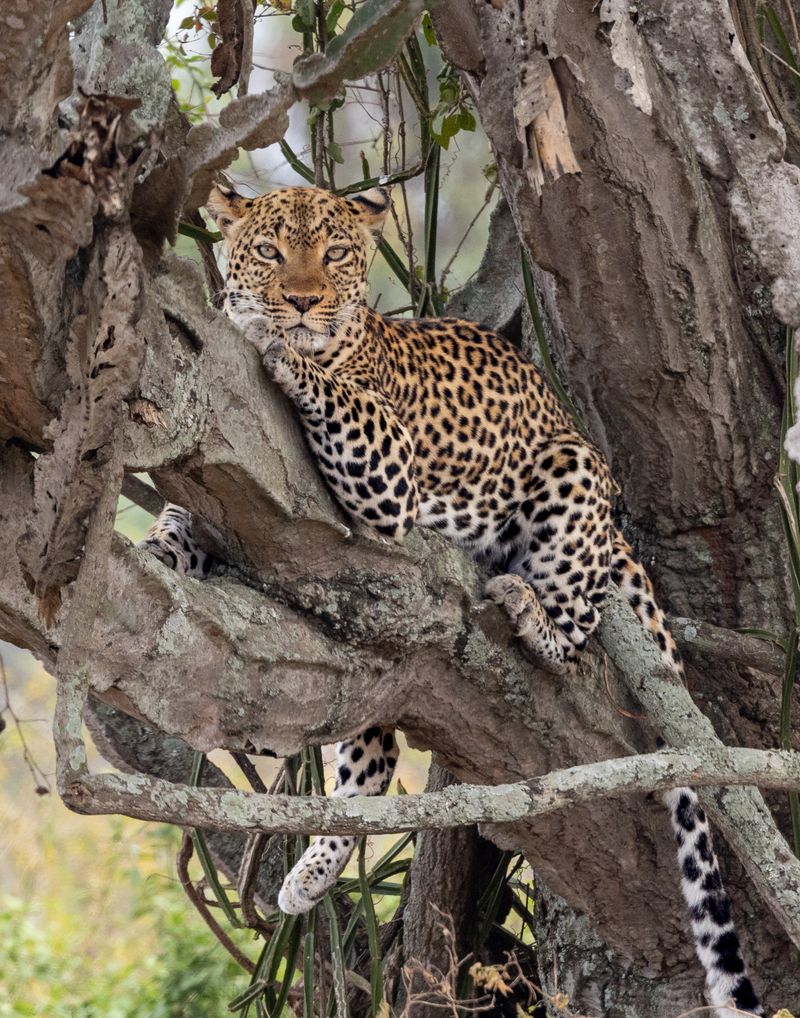
But before we parted ways, he pulled me aside and gave me some advice. It turned out to be so helpful and so true that I am now going to share it with all of you.
In his thick accent and soft-spoken voice, he told me, “Ryan, listen to me. I don’t care if it’s not really the lens that is right for this trek or even the lens that you intend to use today, but I’m going to need you to attach the biggest, longest lens you have to your camera, and then I want you to wear it around your neck. I know it’s heavy and awkward and you planned to hike with it in your backpack, but at least at first, you need to have it out and visible and be wearing it. At least at the beginning, anyways. You need to make sure everyone who matters can easily see it.”
“Everyone who matters?” I asked, needing some further clarification.
“Yes. Make sure they see your lens. Your biggest one, you understand, not necessarily your best or most expensive, just your biggest. And extend it all the way out. Trust me, this will make a huge difference.”
“To whom? I’m starting to get your drift that it’s going to be something of a dick measuring contest, but who’s measuring the dicks? And why?”
“The rangers, the guides, the trackers… everyone who matters. They are the ones who decide your tribe assignments, your trekking order, everything! They will also determine who gets the closest to the gorillas and who gets the best angles and the better opportunities, should something unexpected or special happen. The biggest lenses let them know who’s serious. And trust me, they will give you special treatment and special privileges if they think you are serious.”
“Okay… I think I’m understanding you. Interesting. Very interesting! But I’m curious, why would they give a shit who the serious photographers are?”
“Because serious photographers often give serious tips, Ryan!”
Ah. Not only did that make sense, but it played out exactly as he said it would. Having that huge 100-500mm lens around my neck opened up doors and promoted special treatment everywhere I went. And not just on that day, but on every day thereafter. It was some of the best advice I’ve ever been given, and I will tell you right now, I have used this trick ever sense. I won’t so much as step foot in Africa without first slinging the best and biggest lens I own prominently around my neck! I'm only partially joking.
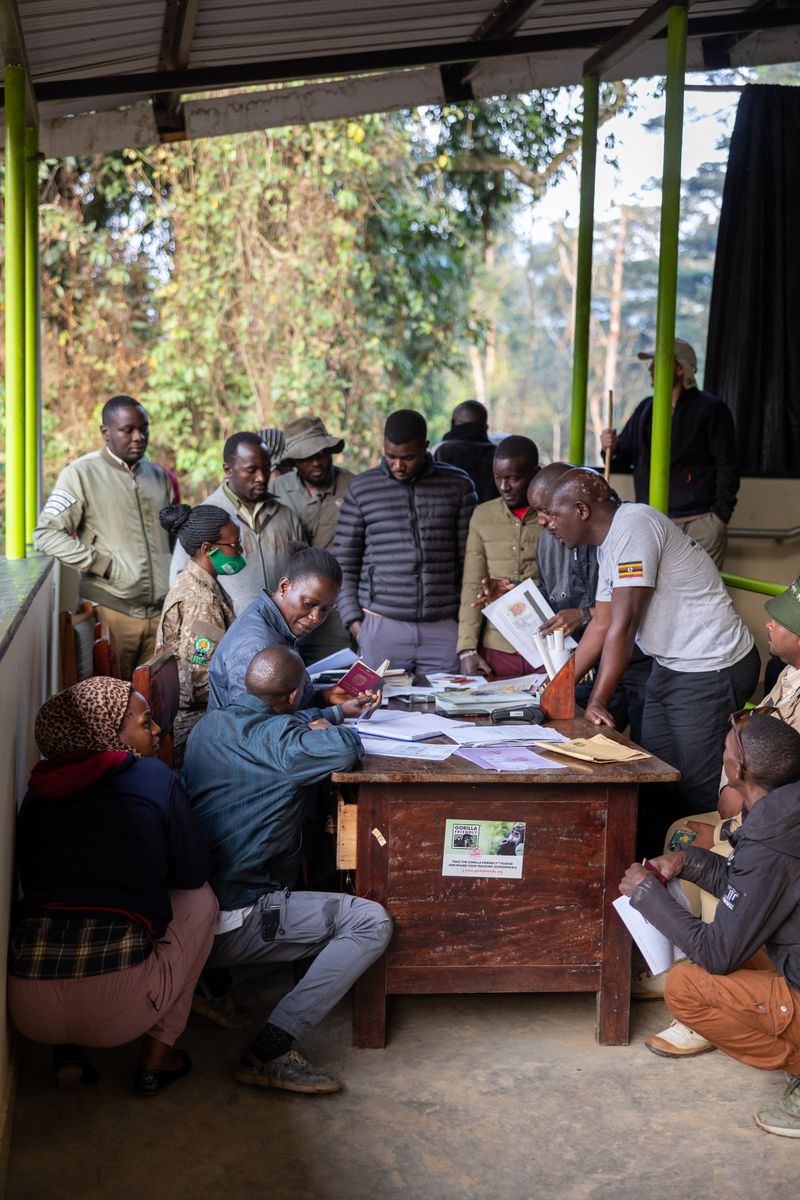
I applied my guide’s nifty tip (of ostentatiously parading my giant lens around) before tracking the chimpanzees as well, and I swear, I don’t even know where the other photographers ended up. They weren’t anywhere near me, and they aren’t in any of my shots. I looked up, and suddenly I was alone with a family of chimpanzees and a single guide, all because he’d decided to sweep me up, lead me away from the group, and plop me right in the middle of the monkey action. I’m telling you, a giant lens is like a V.I.P. pass. It works wonders!
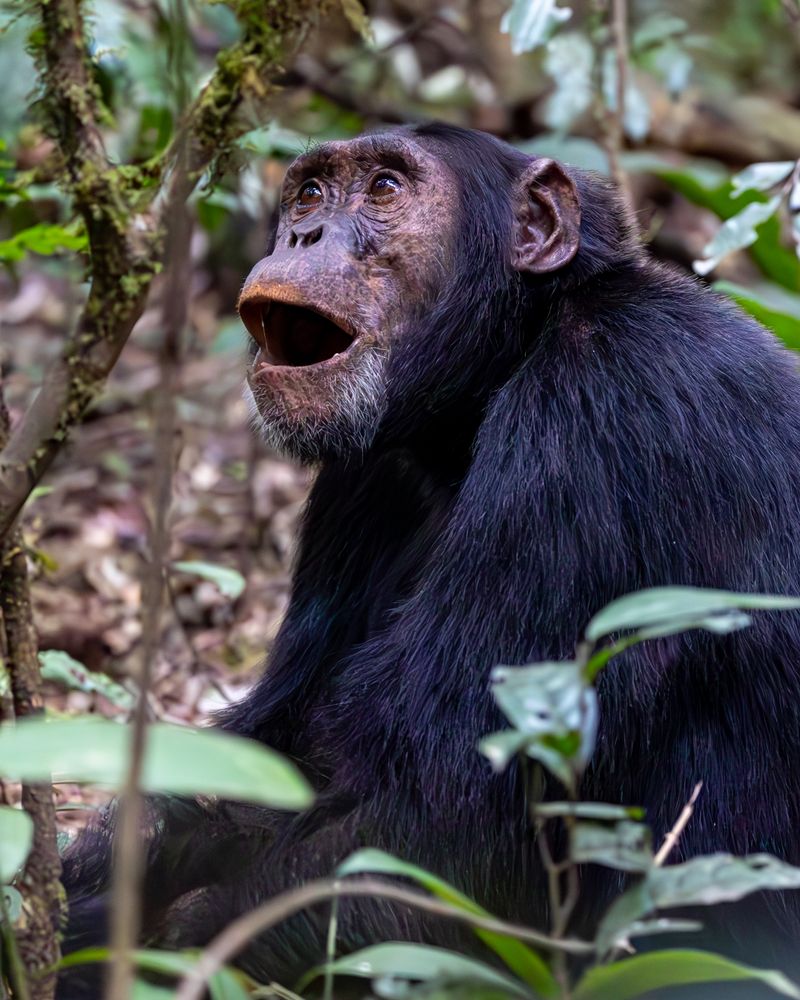
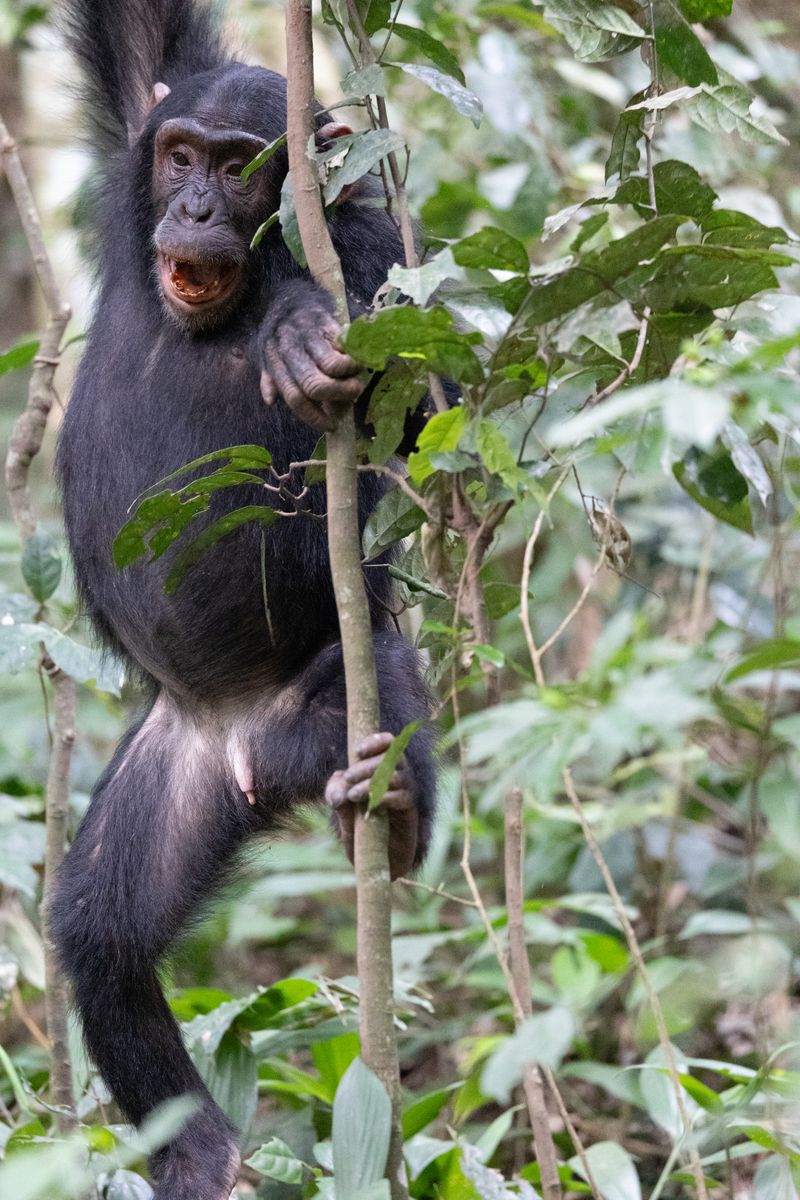
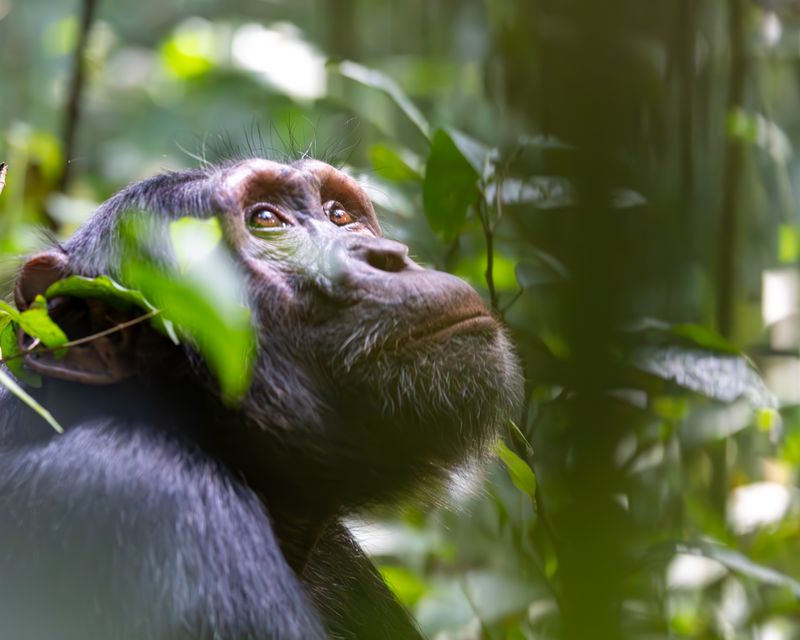
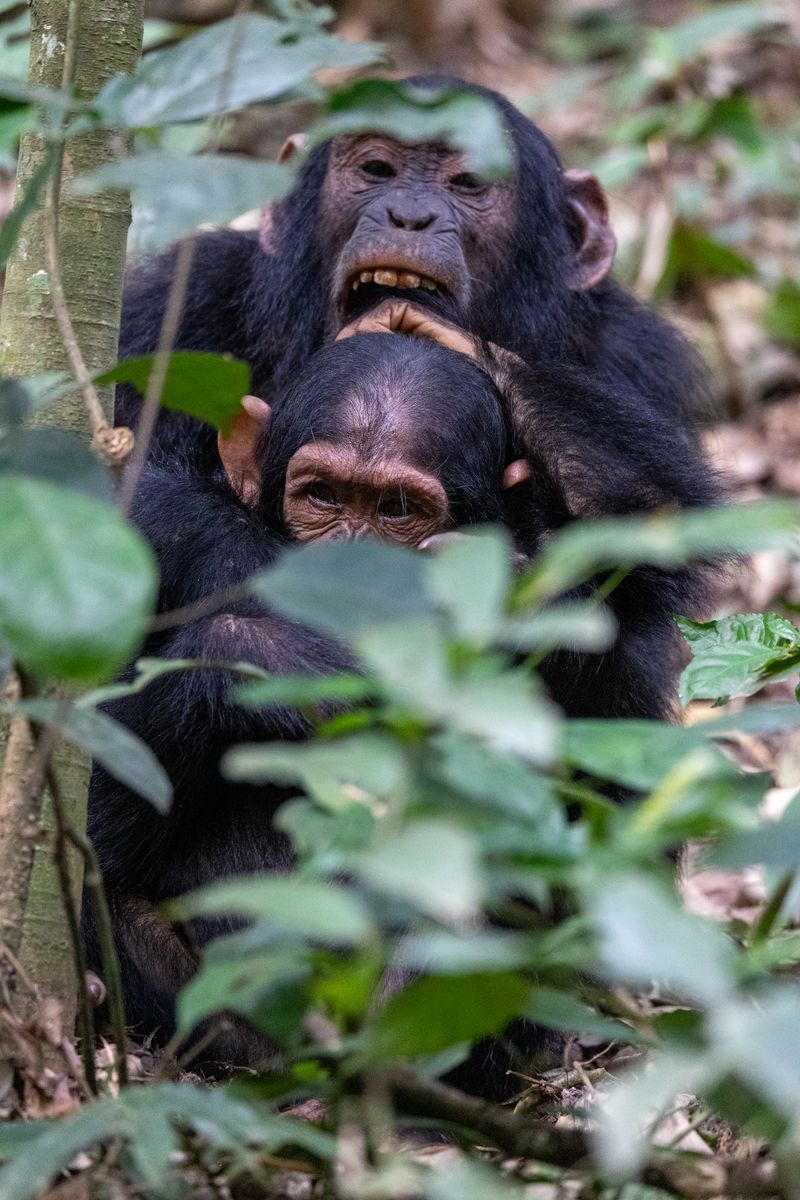
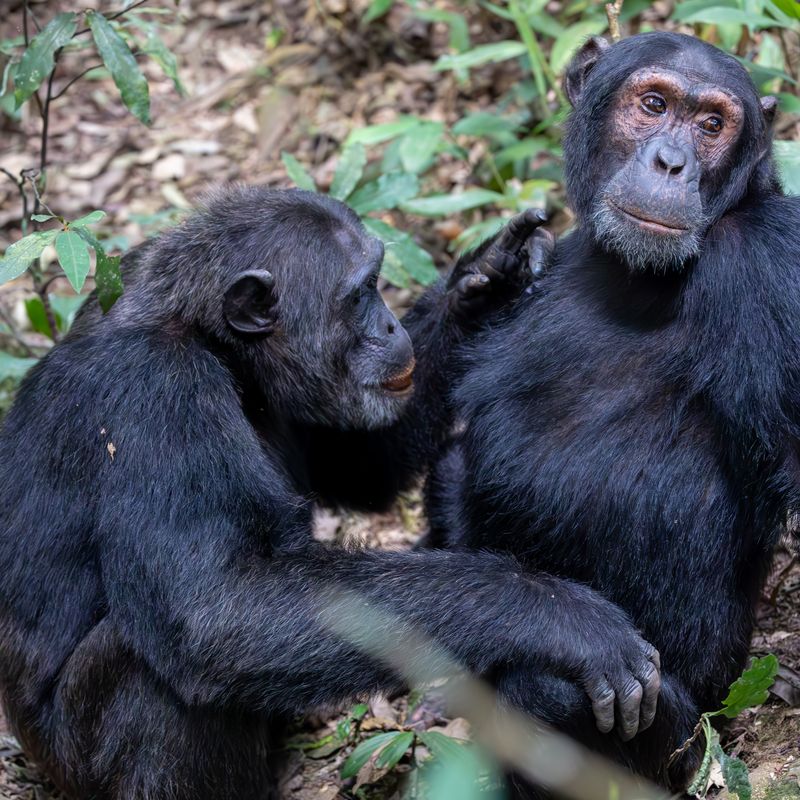
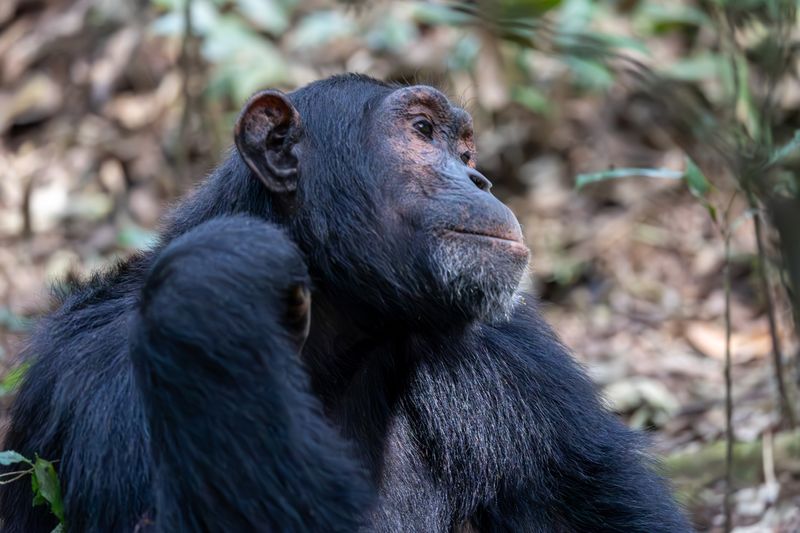
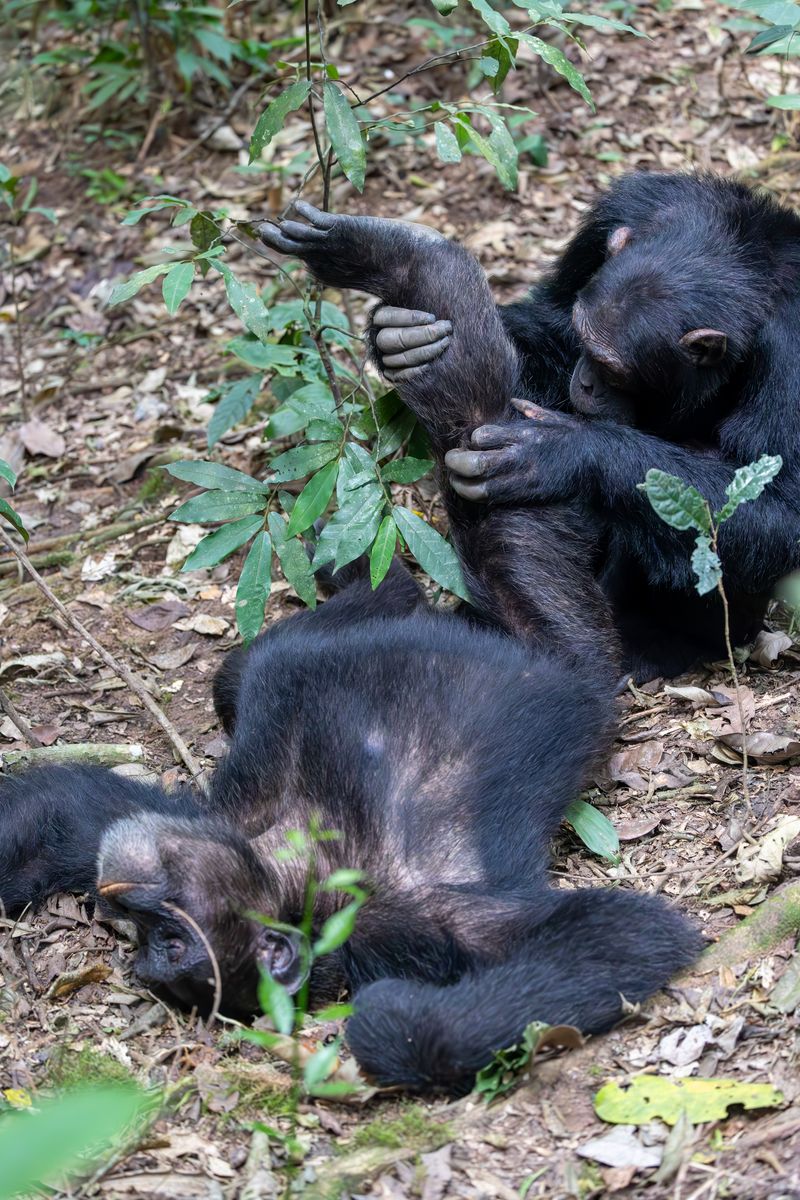
The irony, of course, is that he got me so close to the monkeys that, truth be told, I probably didn’t even need the enormous lens that got me so close to them in the first place. I could have touched them, and they could have touched me. The fluffy blonde HAIR ON MY ARMS is astoundingly long and thick. It covers my forearm like a golden fleece, and any second now, I was waiting for one of the chimps to just mosey over and start trying to find bugs in it.

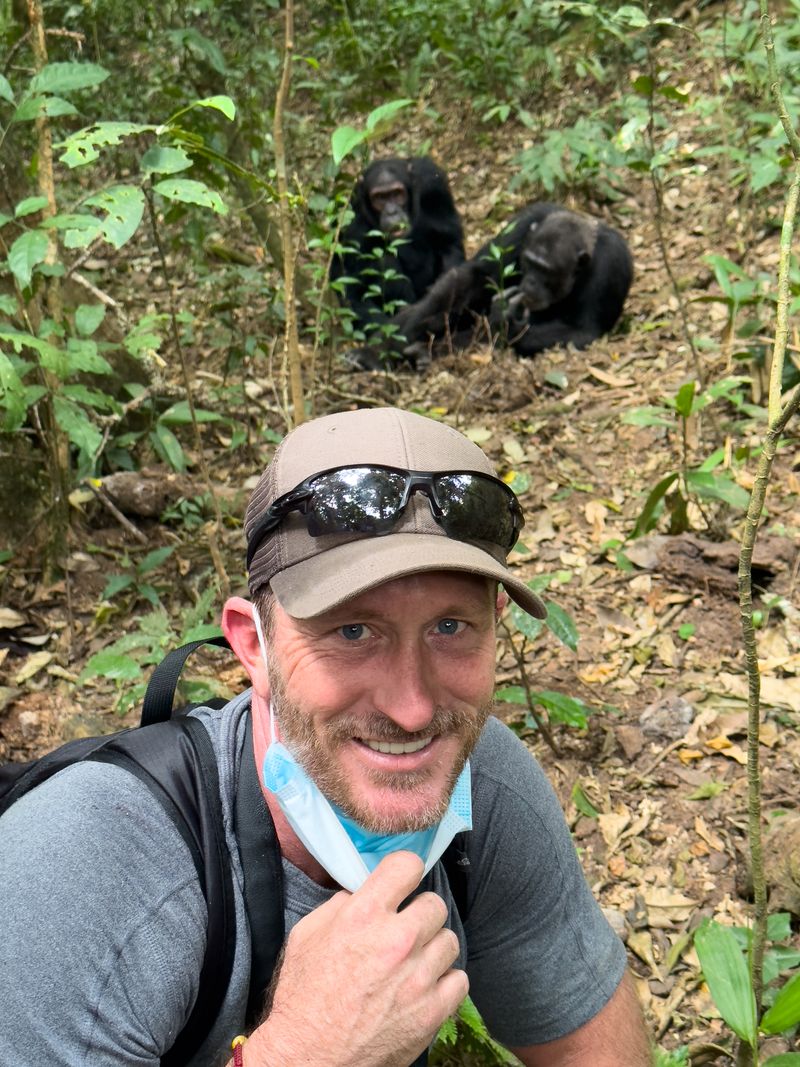
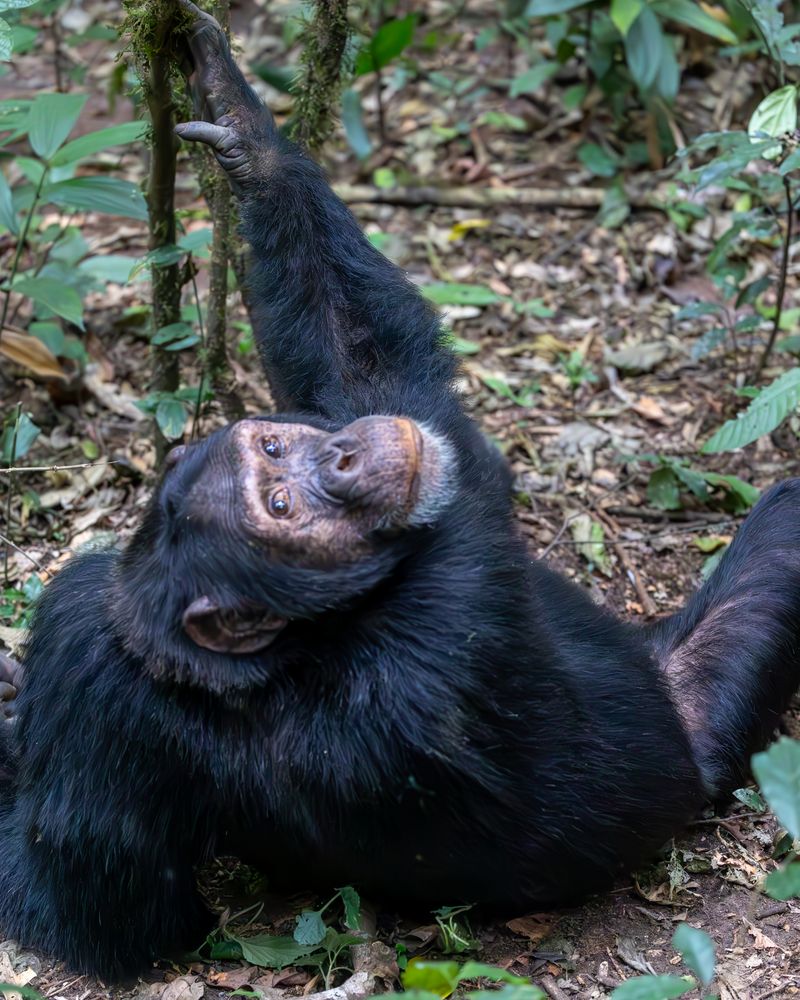
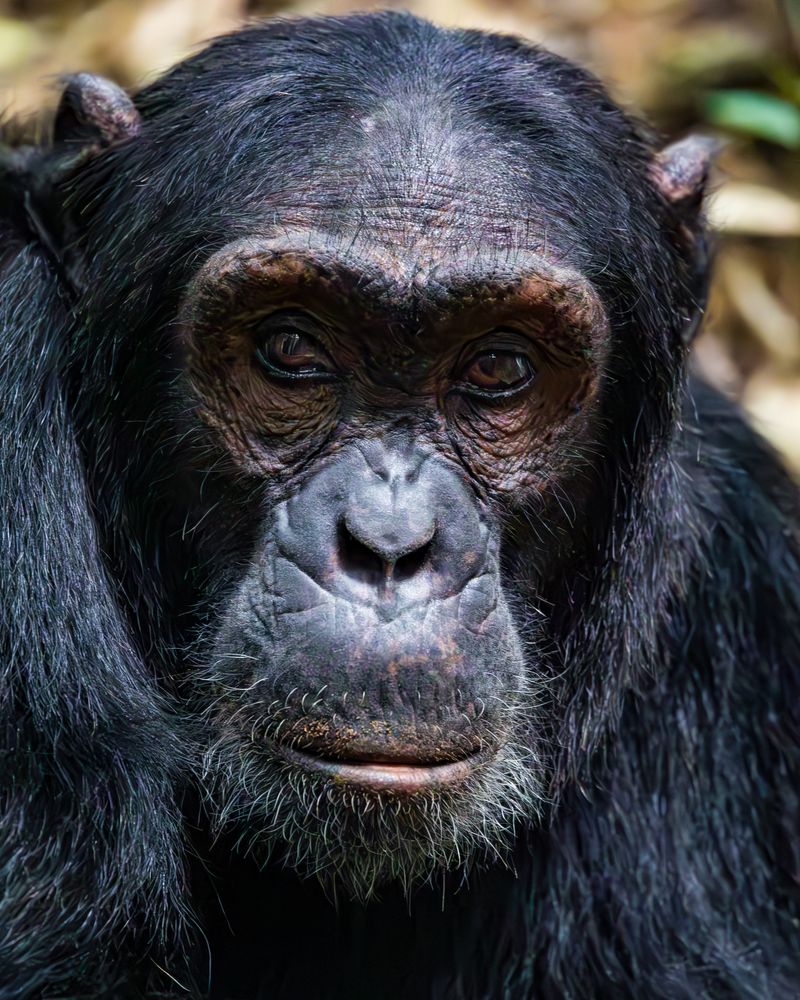
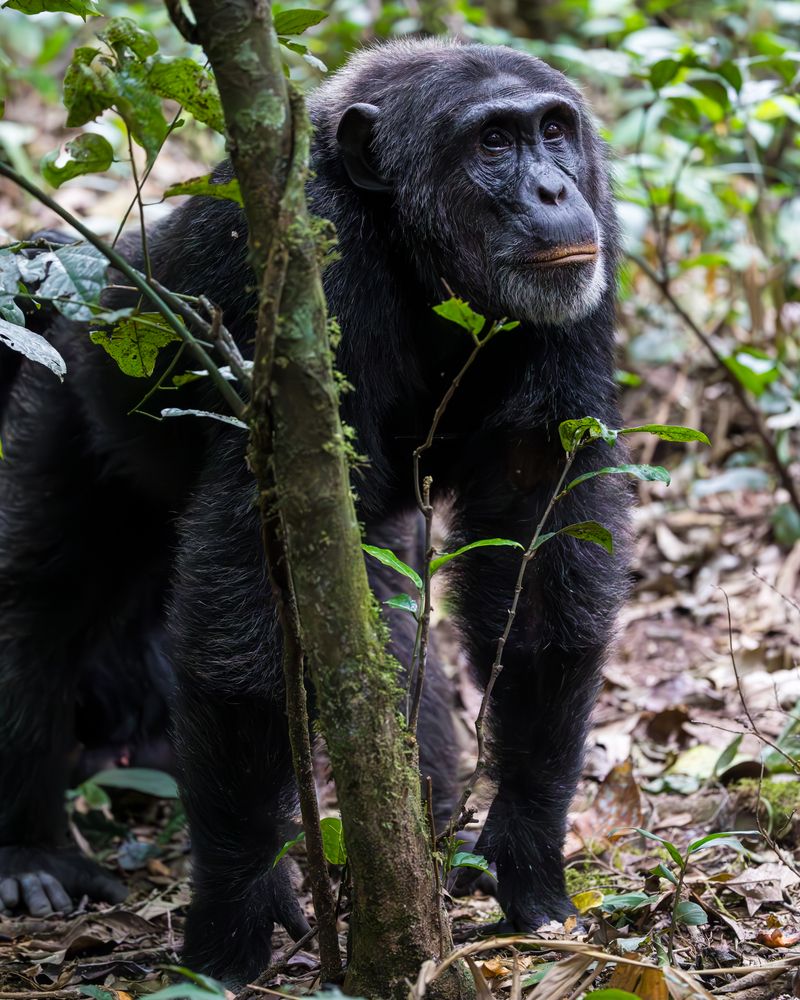
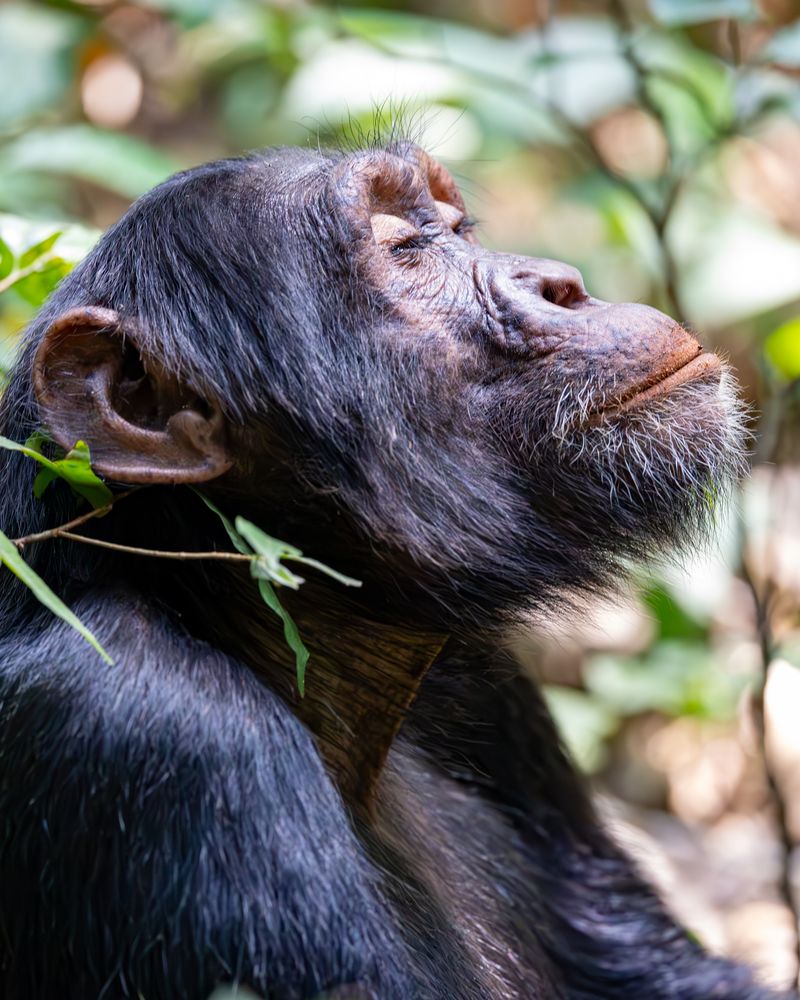
Later, after switching to a wide-angle lens, I tried making a few jokes with my guide. I told him I’d heard the lady guides didn’t care much about the length of a guy's lens, they preferred a girthier lens instead; but like so many of my jokes in foreign countries, my lens/penis analogy failed to land, and I probably just sounded (even more) like an idiot.
Determined to make it work, though, I tried the joke one more time on a different guide, and this time, I finally got a laugh.
“Haha! That’s hilarious! A lady guide! Can you imagine such a thing?!” he howled.
Oh. Never mind. My jokes still tank here. I’m pretty sure this dude thinks we’re sharing a derogatory joke about female inequality which… obviously wasn’t what I wanted.
Oh well. Who cares. I have an enormous lens.
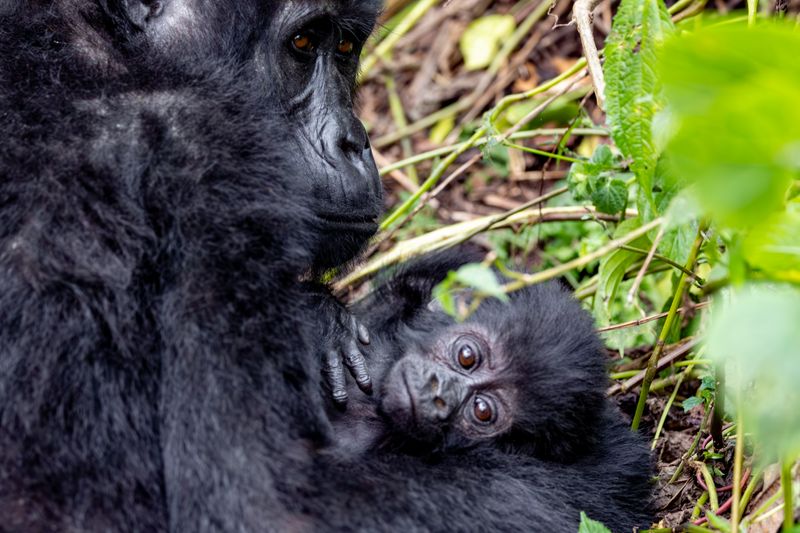

********************************
To read more about Back Button Focus (BBF) and other technical photography stuff, go HERE.
To find out why I think all of the primates in Uganda are secretly part of a gangland crime syndicate, go HERE.
And to decide whether going to the misty mountain of Uganda to meet the silverbacks and other lowland gorillas might be right for you, go HERE!
